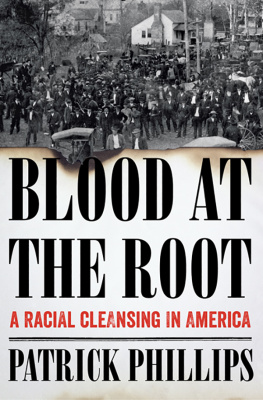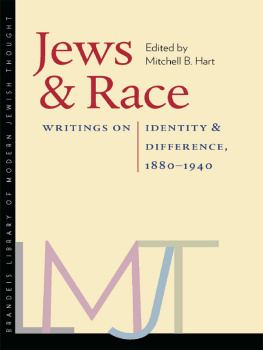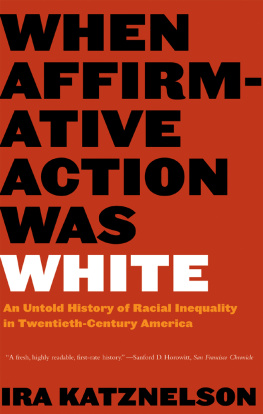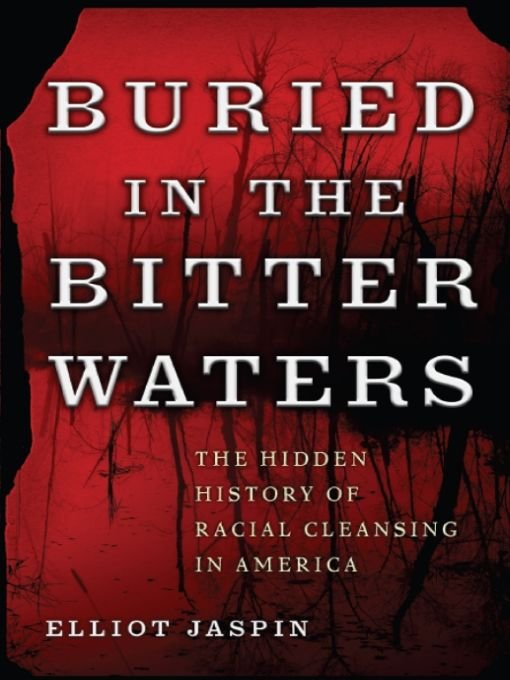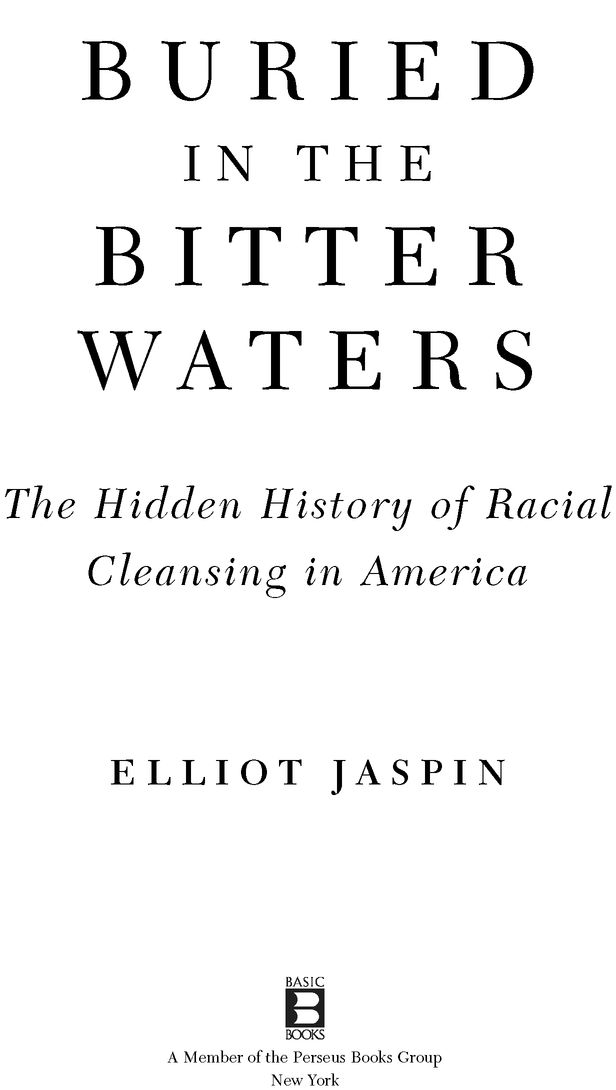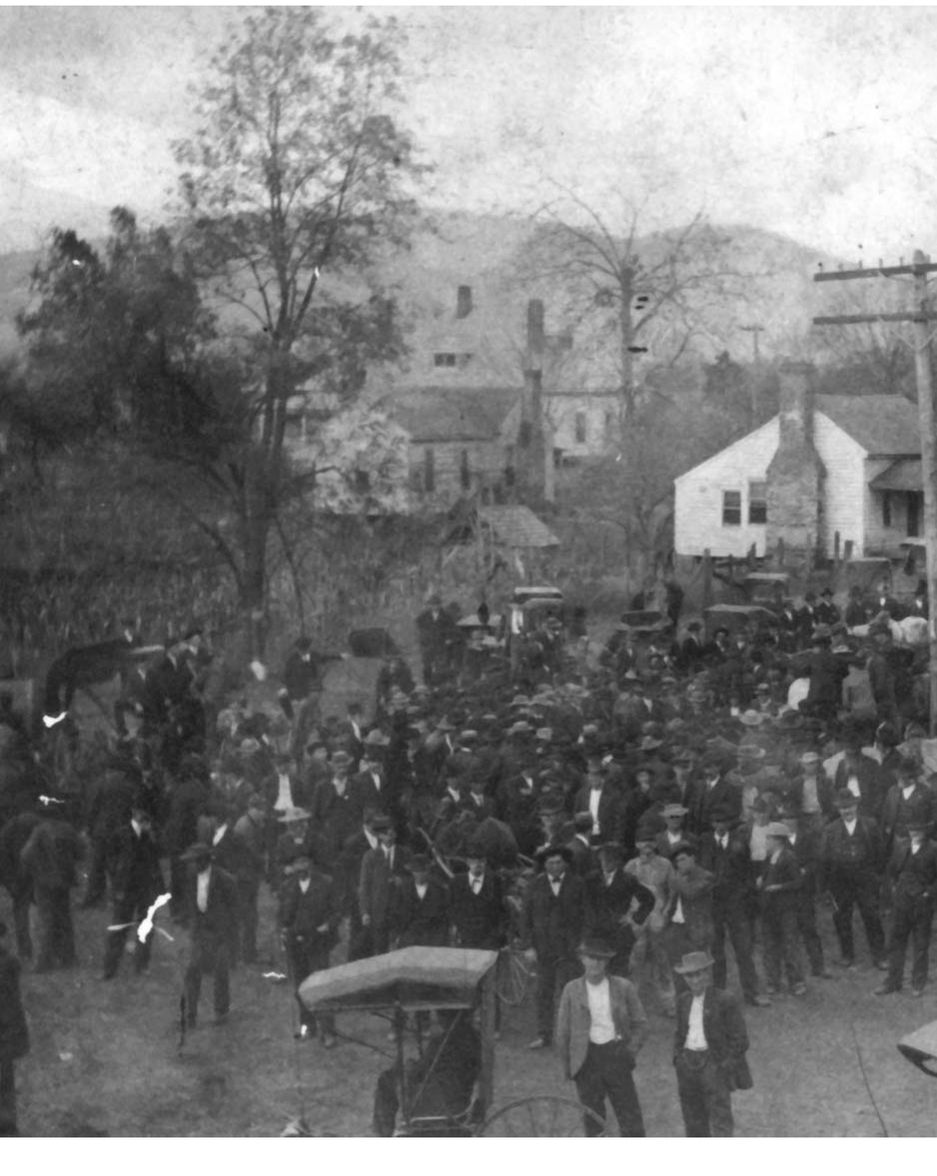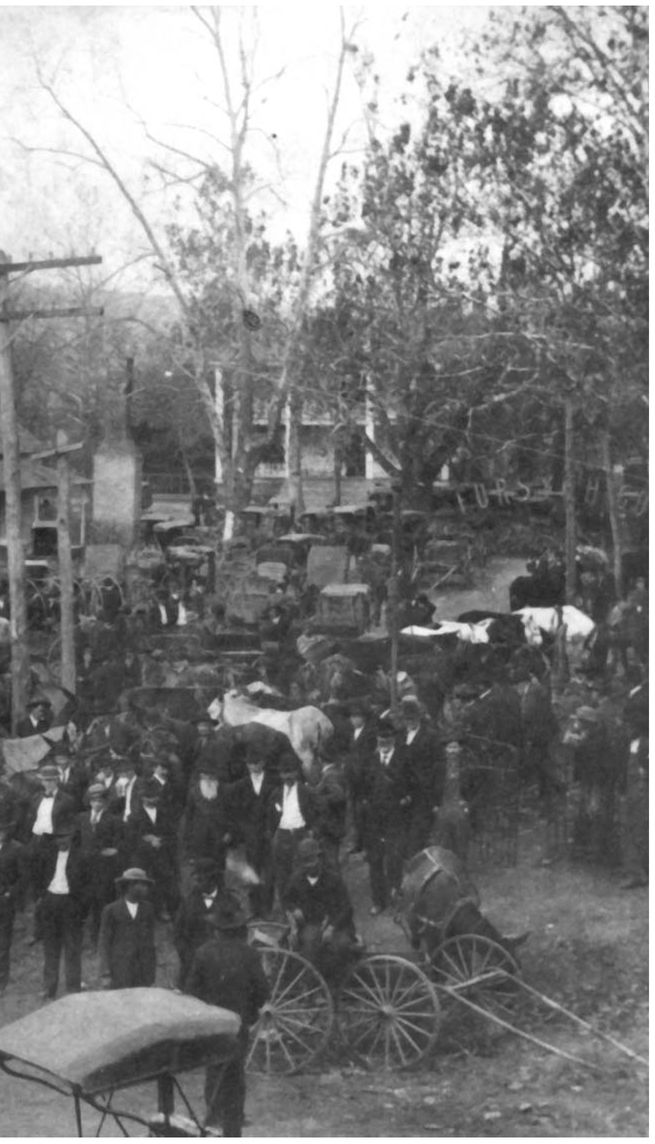Table of Contents
For my grandsons
Samuel and Alexander Axton
Ah done been in sorrows kitchen and Ah done licked out all de pots. Ah done died in grief and been buried in de bitter waters, and Ah done rose agin from de dead lak Lazarus.
ZORA NEALE HURSTON,JONAHS GOURD VINE
So Moses brought Israel from the Red Sea, and they went out into the wilderness of Shur; and they went three days in the wilderness, and found no water.
And when they came to Marah, they could not drink of the waters of Marah, for they were bitter: therefore the name of it was called Marah.
EXODUS 15:22-23
Minutes after two black men were publicly executed in Forsyth County, Georgia, for the rape and murder of eighteen-year-old Mae Crow, a photographer apparently mounted the gallows and took this picture of the crowd. Although some blacks watched the hanging (lower right-hand corner), within a few weeks nearly every Negro had been driven from the county.
Introduction
The story of how I found Americas racial cleansings begins in an unlikely place: the small town of Berryville in northwest Arkansas. I was visiting there in 1998 and, with time on my hands, decided to tour a small history museum in the center of town. It was a quirky placeone room was devoted to antique embalming equipmentwith all sorts of bric-a-brac piled on tables.
As I wandered from room to room, a picture on one wall caught my eye. In the top of the frame was a photograph of a farmer and his wife taken some time before the Civil War. Below the picture was the farmers will. On separate lines he carefully recounted his earthly possessions, parceling each out to family and friends. It was what you would expect until this line: Wedged between livestock and land were five slaves to be given away.
A friend once described walking into a vault in the New Orleans courthouse and seeing stacks of old record books listing the slaves that each person owned. He stood there in horror. Before him was row after row of moldering books with their ghastly roll call. I understood the shock he tried to describe because it was what swept over me as I stared at that will. How do you describe an encounter with the artifacts of slavery? It is the corpse at the funeral. In it we see both our own loss and the loss of someone else.
I stared at the will and as the shock drained away, a question began to form. I had been in the area for several days. For the first time it occurred to me that, in all the time I had been there, I had not seen a single African-American. Yet here in front of me was proof that at one time blacks had lived here. Were they still here? If not, when had they left and why? I walked out of the museum with the questions nagging me.
Over the next few days as I drove to my different appointments, I kept searching for even one black face. Tourism was one of the pillars of the local economy and the area was dotted with hotels, restaurants, and concert halls for country music fans. The people shopping in the stores were white. The people behind the counters were white. The people working in the motels were white. I began checking the people in cars as they passed. All white.
On my last day, I finally asked the person I was interviewing if there were any blacks in the area. Oh no, she said, the Klan keeps them out.
When I got back to Washington, D.C., I decided to take a closer look. Using 1990 census data I had downloaded from the Internet, I sorted the information from Arkansas to see how many counties had a black population of less than one percent. I soon had a list that included about a third of all Arkansas counties. I thought that Arkansas, as a slave-holding state, would have a more even distribution of its black population. Perhaps I had been mistaken.
I collected census data for other southern states. Tennessee. Georgia. North Carolina. Kentucky. Texas. Each time I found some counties that were either all white or populated by so few blacks as to be virtually all white. This was not what I had expected.
It was pure coincidence that, on one of the days that I was going over the census data in my office at Cox Newspapers in Washington, a woman from the Atlanta bureau was visiting. As we chatted I told her about the odd distribution of blacks in some southern states. She launched into a story about her brother, who is a cook. He had been recently hired as a chef in a restaurant in Forsyth County just outside of Atlanta. On the day she visited him there, she said the Klan was holding a rally on the courthouse lawn. She explained how all the blacks had been run out of the county around the turn of the century and had been kept out ever since. I went back to my census tables and found Forsyth County. In 1990, there were twelve blacks living in a county of over 40,000 people.
It wasnt until several months later that I had the time to drive to the National Archives in Maryland and copy data from census books from the turn of the century. At night I would sit at the kitchen table and pore over the columns of numbers. I would compare counties from one census to another looking for a sudden drop in the black population. Here and there I would see a strange gyration in the numbers. I had a gut feeling there was a pattern lurking in all these census tables, but the work was tedious and far too slow. There had to be a better way.
While I would frequently go on the Internet to find current census information, it had never occurred to me look there for census data from fifty or a hundred years ago. But frustrated with hunting through paper records, I did a web search for historical census data. Almost immediately I found a database maintained by the University of Virginia. I began downloading census data from 1890 through 1930 for a small list of southern states. I then wrote a short computer program that would sort the data by state and county and compare the black population between each census. If there was a drop of fifty percent or greater between two decades, the data from that county would be saved in a separate file.
I punched the Enter key and in a matter of seconds the program had completed its work. I opened the new file I had created and began to scroll the list of counties where there had been a black population collapse. It was a moment of shock. Page after page of counties scrolled by. I had expected four or five counties, but I now had dozens. This could not be. I had made a mistake. I went back and checked the numbers. They were accurate. I downloaded data for more states from the University of Virginia and reran the program. The list grew. I started adding states outside the South, and the list grew even longer. What had happened?
I made a list of four or five counties that seemed to be the most suspicious and went to the Library of Congress. By cross-checking my list with the New York Times Index for the decade when each collapse occurred, I found the dates when there had been stories written about some of the counties. I mounted a microfilm reel and turned the crank. As I fiddled with the focus in the dark of the librarys microfilm room, a headline appeared.


